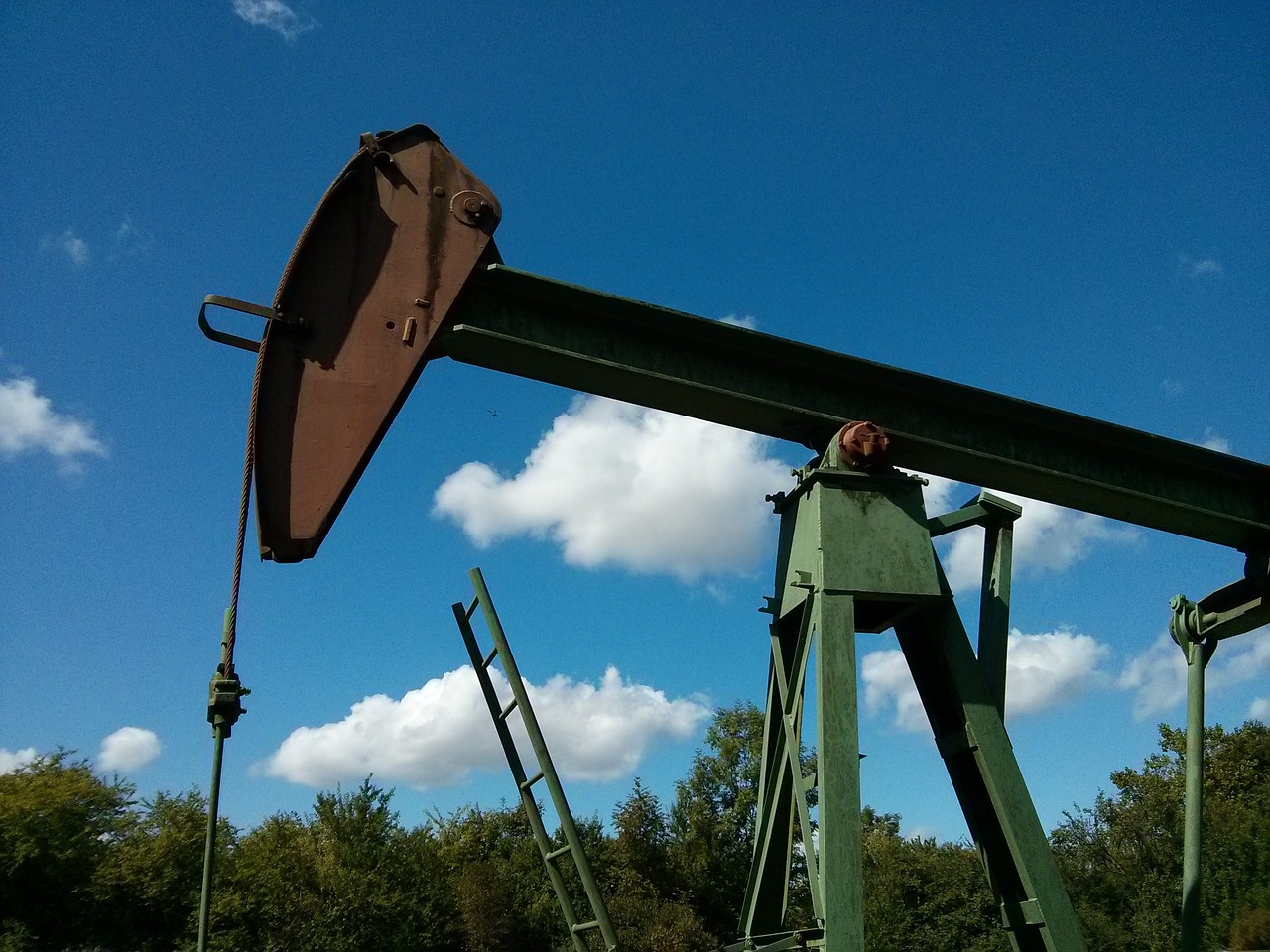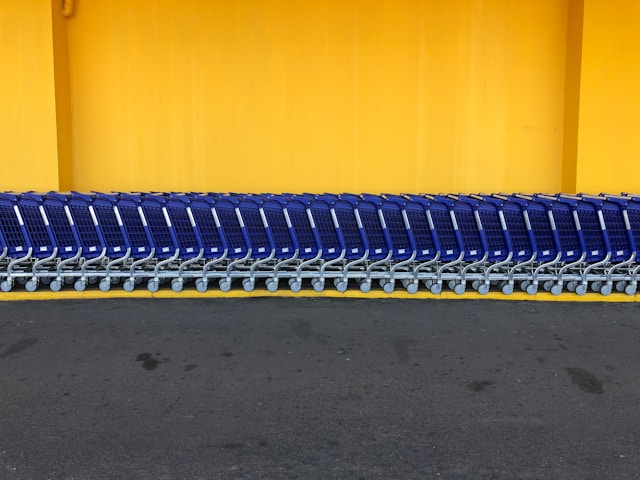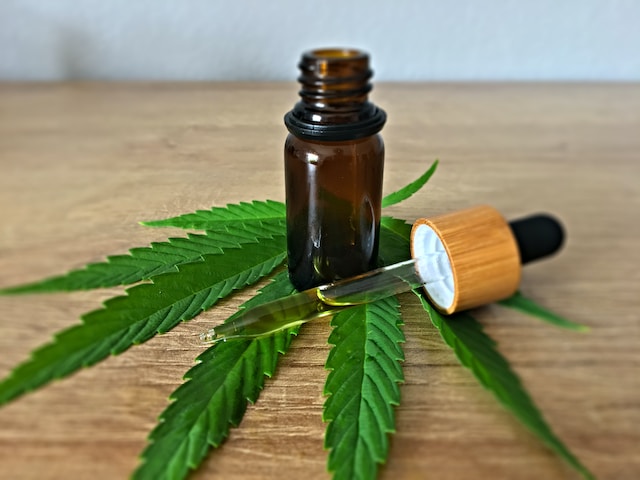Crude oil continues to be the most traded commodity in the world. But it has also become increasingly more volatile. In recent years, oil price fluctuations have become more unpredictable and rapid.
Furthermore, it’s been more than five years since crude oil traded at $100 per barrel, with current unit prices ranging from just $40 to $50. In 2020, this downward volatility has been further exacerbated by the economic implications of COVID-19. Travel restrictions have nearly crippled the transportation industry and oil sectors of the global energy market. Considering how the overall situation is unlikely to change much in 2021, crude oil will continue to be a volatile and highly risky trading option.
How have the world’s preeminent economic and financial organizations responded to the situation?
Experts from the World Bank have commented that crude oil prices will continue to be low in 2021 and beyond. And travel restrictions are just the tip of the iceberg. The digital migration that has occurred has forced many companies to leverage online technologies for semi-permanent work-from-home schedules. Consequently, the demand for oil could go even lower compared to pre-2020 levels, at least for the next couple years.
Meanwhile, the Organization of the Petroleum Exporting Countries and its allied companies (OPEC+) are planning to increase crude oil output during the first quarter of 2021. As one of the founding member countries of OPEC+, Iran is preparing to produce and sell crude oil at full capacity within the same time frame. On the other hand, with COVID cases continuing to rise globally, U.S.-China economic tensions still brewing, and major lockdowns being reinstated across Europe and Asia, the crude oil market looks grim.
While all this contributes to crude oil’s volatility, the market’s producers seem to remain optimistic. And considering how the Pfizer/BioNTech coronavirus vaccine has been rolled out for distribution, OPEC’s optimism might just be well-founded. At the same time, COVID is not the only thing crude oil producers need to worry about.
The spectre of clean energy continues to loom over the global commodity market.
The rapid evolution of clean energy technologies is one of the main reasons for the decline of crude oil prices per barrel even before 2020. And the next 10 years will easily be the most promising decade in clean energy development.
Tech startup Aptera for instance recently unveiled a solar-powered car that never needs to charge. Powered by Aptera’s Never Charge technology, the sleek, lightweight three-wheeler vehicle has a top speed of 110 mph (177 km/hour). On a full charge, it has a range of 1,000 miles (1,609 kilometers). And Aptera is just one of the now-thousands of different companies all over the world developing petroleum-free transportation energies. This list also includes giants such as Toyota, Volkswagen, Porsche, and of course Tesla.
With great risk comes great potential for profit.
With all that being said, risk is an inherent part of the global financial and commodity trading systems. And it is through the management of risk that traders can still stand to make huge profits through crude oil.
For instance, a contract for differences (CFD) is a financial instrument that allows investors to trade on price movements, applicable to securities and derivatives. In short, it’s a way to bet on whether the price of the commodity or asset will rise or fall, making CFDs a popular option for highly volatile markets. Not surprisingly, there’s been a marked increase in trading crude oil CFDs.
The same is true for crude oil futures contracts which function similarly to CFDs in leveraging volatility, except that futures are more liquid as financial instruments. Conversely, it’s the same story for exchange traded funds (ETFs) as well. Crude oil ETFs can actually be used to trade on energy market fluctuations inversely – when oil stocks go down, the value of oil ETFs can go up. These are just some of the most popular ways in which speculative, high-risk traders continue to run the petroleum market.
In conclusion, crude oil is on a long-term downward turn, with increasing volatility over the next few years. At the same time, it’s still the most traded commodity in the world. And there are still many ways to leverage crude oil for tremendous profit.







